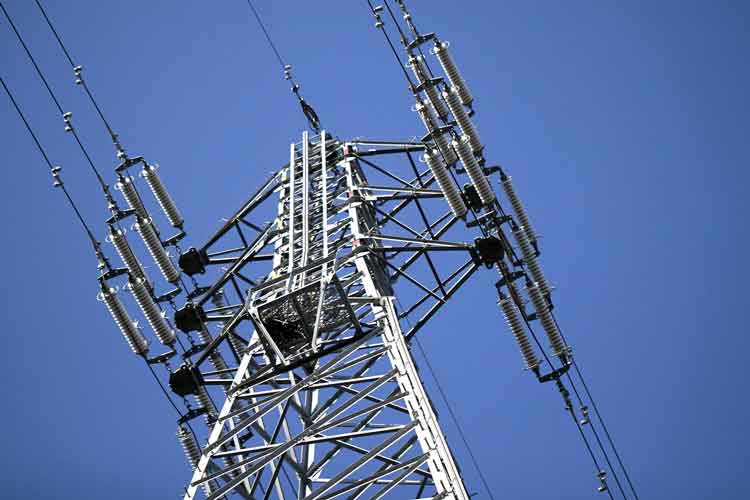
Under the Grid Overhaul with Proactive, High-speed Undergrounding for Reliability, Resilience, and Security (GOPHURRS) program, this funding is focused on developing efficient and secure undergrounding technologies. The initiative is aligned with President Biden’s vision to strengthen America's energy infrastructure, thereby creating jobs, enhancing energy and national security, and advancing towards a 100% clean electricity grid by 2035.
U.S. Secretary of Energy Jennifer M. Granholm emphasized the criticality of modernizing the power grid to facilitate a future powered by clean energy, thus reducing energy costs and bolstering national security. This development, she noted, is pivotal in bringing the grid into the 21st Century.
The U.S. electric power distribution system, comprising over 5.5 million line miles and over 180 million power poles, is increasingly vulnerable to weather-related damage, contributing to a majority of annual power outages. Extreme weather events, intensified by climate change, exacerbate the frequency and severity of these outages. Undergrounding power lines is an effective measure to enhance system reliability for transmission and distribution grids.
Managed by DOE’s Advanced Research Projects Agency-Energy (ARPA-E), the newly announced projects include contributions from small and large businesses, national labs, and universities. These initiatives are geared towards developing technologies that will lower costs, expedite undergrounding operations, and enhance safety. Notable projects involve innovations like Arizona State University’s water-jet construction tool for deploying electrical cables underground, GE Vernova Advanced Research’s robotic worm tunnelling construction tool, and Melni Technologies’ redesigned medium-voltage power cable splice kits.
Other significant projects include Oceanit’s subsurface sensor system for avoiding utility damage during undergrounding and Pacific Northwest National Laboratory’s AI system for processing geophysical survey data. Prysmian Cables and Systems USA’s project focuses on a hands-free power cable splicing machine to improve network reliability and workforce safety.
Complete descriptions of these projects can be found on the ARPA-E website.
ARPA-E’s mission is to advance clean energy technologies with high potential and impact, playing a strategic role in America’s energy security. This commitment ensures the U.S. remains a global leader in developing and deploying advanced clean energy technologies.